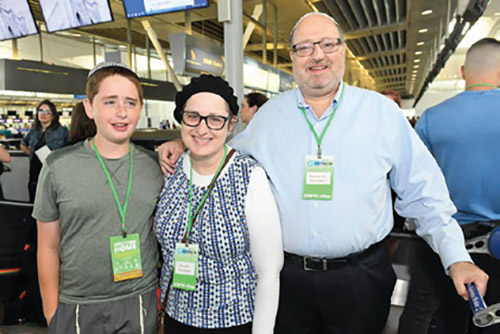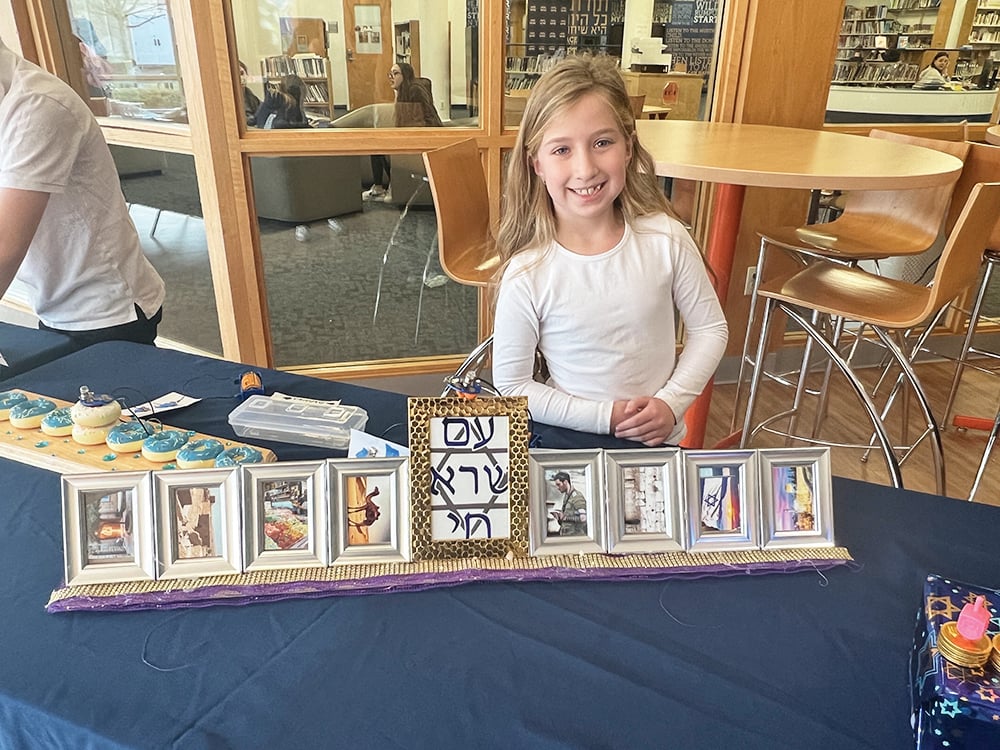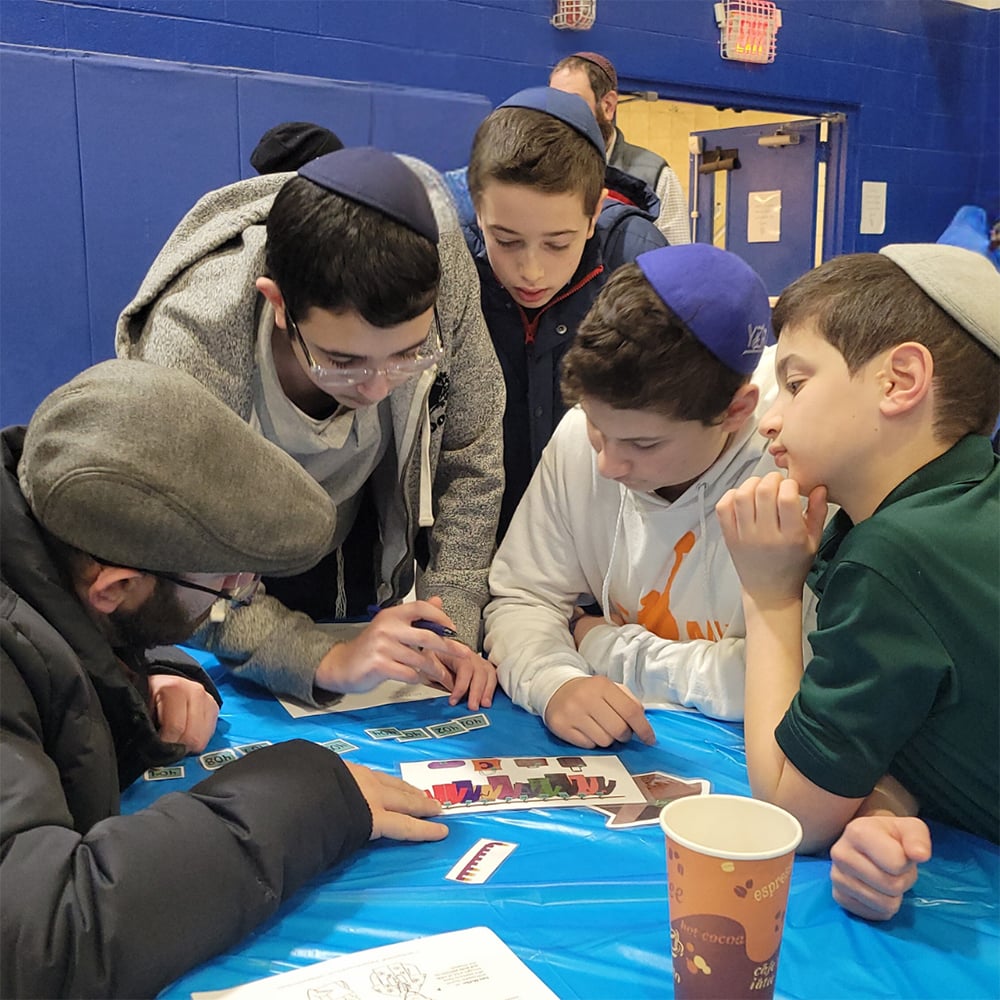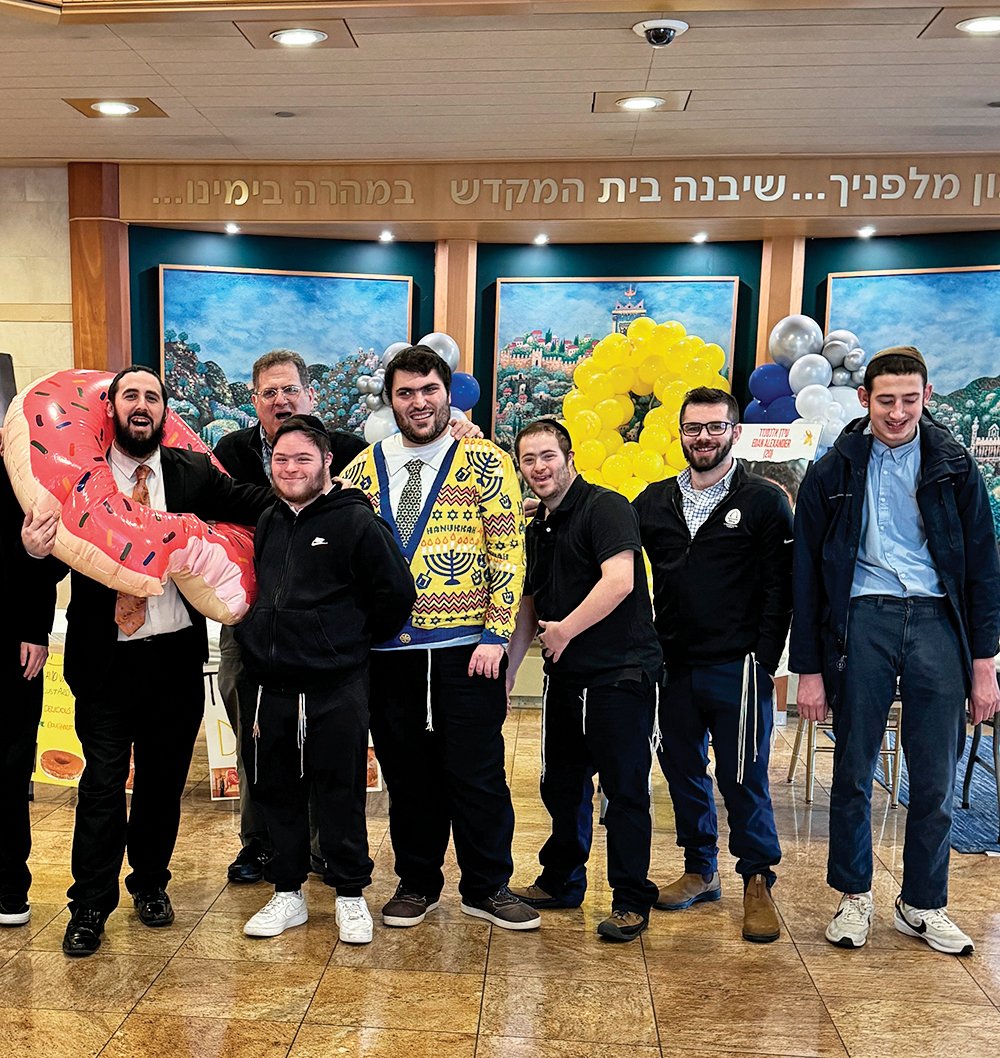

As he makes aliyah with his family to take the lead at the Israeli education network Ohr Torah Stone, this is not the first time Rabbi Kenneth Brander has sought to achieve a global mission inside an education network.�
“The goal is not just to educate our 4,000 students; the goal is to inform the international Jewish community,” he told The Jewish Link.
The same sentiment certainly also applied to Rabbi Brander’s stewardship as the founding dean of Yeshiva University’s Center for the Jewish Future, and later as YU’s vice president for university and community life, which he utilized to multiply the influence of the yeshiva in different ways. Rabbi Brander’s 12 years at YU marked a period of intensity in the creation of service-learning programs, kiruv and lay leadership development for its students, with the goal of creating a global movement in support of YU values. These concepts can also be applied to Rabbi Brander’s 14 years before YU as mara d’atra of the Boca Raton Synagogue, where his tenure saw not just explosive growth of the shul from 60 to 600 families, but also the creation of a yeshiva high school, a community mikvah, a fellows program and community kollel, as well as a Judaics campus where all such institutions, as well as the region’s kashrut agency and rabbinical board, reside.
A slightly lesser-known fact is that the organization Rabbi Brander used to facilitate his own aliyah, Nefesh B’Nefesh, was also incubated in the Boca Raton community, and Rabbi Yehoshua Fass, NBN’s founder, was Rabbi Brander’s assistant rabbi during NBN’s founding.
“It’s true that NBN was incubated in the Boca Raton Synagogue, but credit goes to Rabbi Fass and Tony Gilbart; all we did was made sure he had what he needed, that he could take the idea and actualize it.”
Upon Rabbi Fass’ own aliyah on NBN’s first flight he gifted a picture that speaks of Jerusalem and letter to Rabbi Brander, sharing that it was time to “build Boca b’artzeinu” (in our land), and that he looked forward to Rabbi Brander’s joining him in Israel. Upon his arrival on Wednesday, Rabbi Brander was set to give Rabbi Fass his gift back—as a meaningful bookend to their shared experience.
Since this past October, when it was announced that Rabbi Brander had been named president and rosh yeshiva of Ohr Torah Stone, taking over from founder Rabbi Shlomo Riskin, 78, the efforts to help multiply the influence of the organization, with Rabbi Riskin and colleague Rabbi David Stav, who is co-chancellor, had already begun.
Rabbi Brander shared that his prevailing view of Rabbi Riskin, who will continue as chief rabbi of the city of Efrat, is of humility and modesty. “I don’t think people have a clue of the modesty he has, and he has accomplished so much. He reminds us that it’s not about building institutions or buildings, but more importantly, it is about building people. When you engage with people and share ideas that will help myriads of people, you can transform the world,” said Rabbi Brander.
“Not only has Efrat blossomed into a large city of thousands from a hamlet, but Rabbi Riskin has created a vision for community that has shaped international Jewry,” he added.
Rabbi Brander reflected on his collaboration with OTS co-chancellor Rabbi Stav, who has already been of assistance to him during his transition. “Rabbi Stav and I have been friends for 12 years, from the moment I started at YU. I invited community rabbis from Israel to come meet and bridge the gap between the U.S. and Israel. He’s someone I can ask questions to as an adviser. He has given me greater clarity on many issues,” he said. Examples, he noted, are articles he has begun writing for publication in Hebrew, or the Israeli use of the halachic prenup. It’s not as commonly used in Israel as it is in the U.S., he explained. “I am being asked to take stands on [Israeli or halachic] issues. Having someone like Rabbi Stav and others whom I can have a conversation with makes it helpful as I reflect on these issues and start shaping perspectives on them,” he said.
Ohr Torah Stone encompasses a combination of 27 educational institutions, including six high schools, rabbinic training and kollels, a learning program for individuals with special needs called Darkeynu, women’s post-graduate Judaics (including the well-known seminary Midreshet Lindenbaum), a hesder yeshiva for men and one for women, leadership development such as a program that trains women in areas of halacha to receive, after five years of study, the title of manhiga ruchanit heter hora’ah (a spiritual adviser with permission to rule on matters of halacha), outreach initiatives, and social-action projects such as agunot advocacy.
“Our outreach toward communities in the Diaspora as well as communities in Israel, has increased significantly,” he told The Jewish Link, noting that OTS received a significant grant from the Israeli Ministry of Diaspora Affairs to do outreach around the world in an additional 24 communities that have fewer than 7,000 actively involved Jews. Called “Amiel BaKehila,” in North America those communities include Ottawa, Hartford, Buffalo, Cherry Hill, and in South America it includes Montevideo, Uruguay, Bahia Blanca and Tucuman in Argentina, Lima, Peru, Monterrey, Mexico, Warsaw, Lodz, Copenhagen and Helsinki. “The program sends a group of three educators seven times a year. They are not just formal educators; one is an Israeli engager and one is involved with the arts, to reach a diversity of personalities,” he said. The educators, who all focus on Judaism and Israel engagement through multiple channels, also must have fluency in the language of the community they visit.
Rabbi Brander added that OTS has been involved in Diaspora outreach to Israelis in about 30 communities through Matnasim (JCCs) outreach, with programs like “shofar in the park,” reaching around 300,000 Israelis a year. “Our reach now has increased through the Ministry of Religion awarding us a grant to interact with Matnasim in another 25 communities, so our reach will increase to about half a million Israelis a year through this program,” Brander said.
He added that OTS has around 200 rabbinic couples who go out to major metropolitan communities as shlichim for years. “The Straus Amiel program sends rabbis, and the Beren Amiel program sends educators. This year, graduation for them happened at the Knesset, at the request of a member of the Knesset, to show how important such OTS initiatives are to the State of Israel,” he said.
Rabbi Brander added that OTS’ Yad L’Isha agunot assistance program speaks to its related mission “sharing the values that should underlie any marriage,” he said. “We all need to teach a Torah of love,” he added.
“OTS is growing and the Israeli government, as well as outside donors, are recognizing that OTS programs have a traditional yet modern approach to engagement. Some of these programs are just being launched and more programs will be launched in the next year or so,” he added.
“I finally won’t get lost driving in Teaneck, and we’re moving,” joked Rabbi Brander. With his wife, Ruchie, and son Yitzchak, aliyah comes after 12 meaningful years in Teaneck, joining two sons and a daughter-in-law who have already made aliyah. “We’ve made lovely friends here who have become part of our extended family,” he said, “and we hope to see them both when we visit here, and in Israel,” noting that with two grown children still living in the States they are sure to be back often.
“We are grateful to the community for our time here,” he added, noting they have made two weddings and have seen two grandchildren born during this time.
In addition to his picture to Rabbi Fass, another special object is making its way home to Israel on Rabbi Brander’s flight. “My father’s family left the displaced persons camp in Germany with a seven-pound suitcase, made of U.S.-Army light green metal. Seventy-one years ago it brought a DP to the U.S., and we’re going to finish its journey by bringing it on the Nefesh B’Nefesh flight,” he said.
“We are taking a lot more than one small suitcase,” he said.
By Elizabeth Kratz













